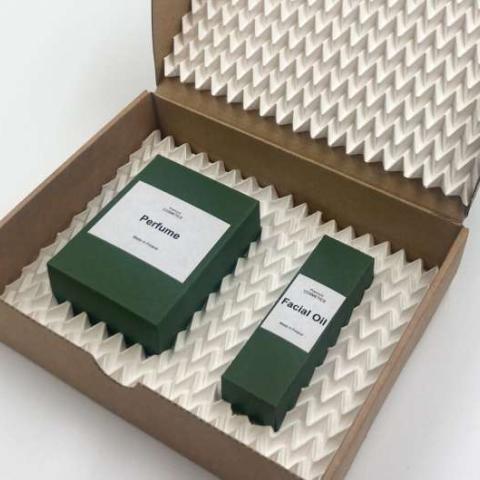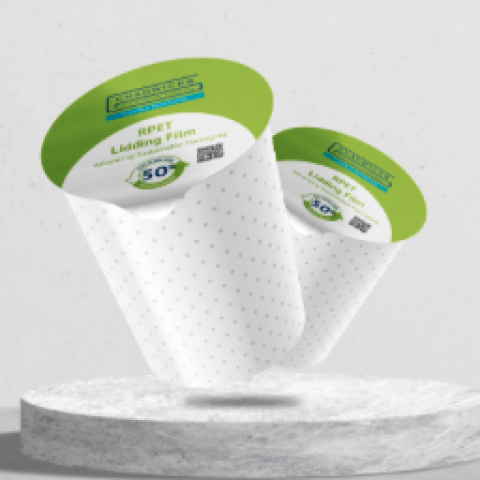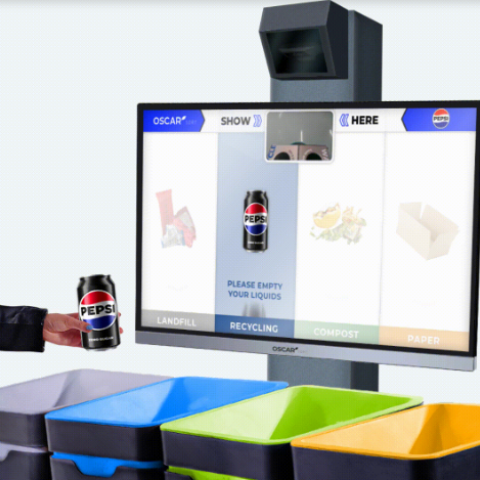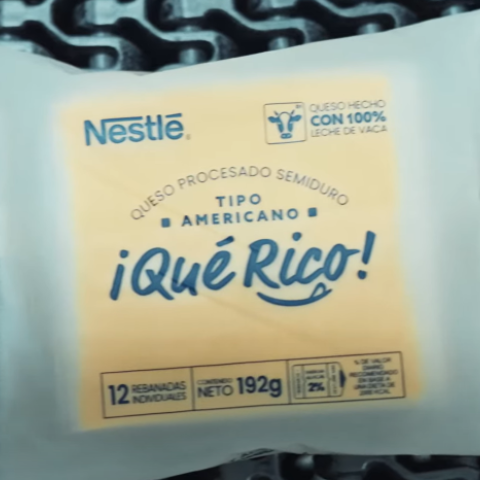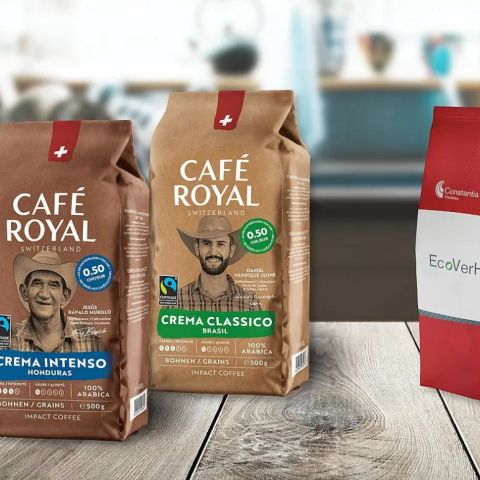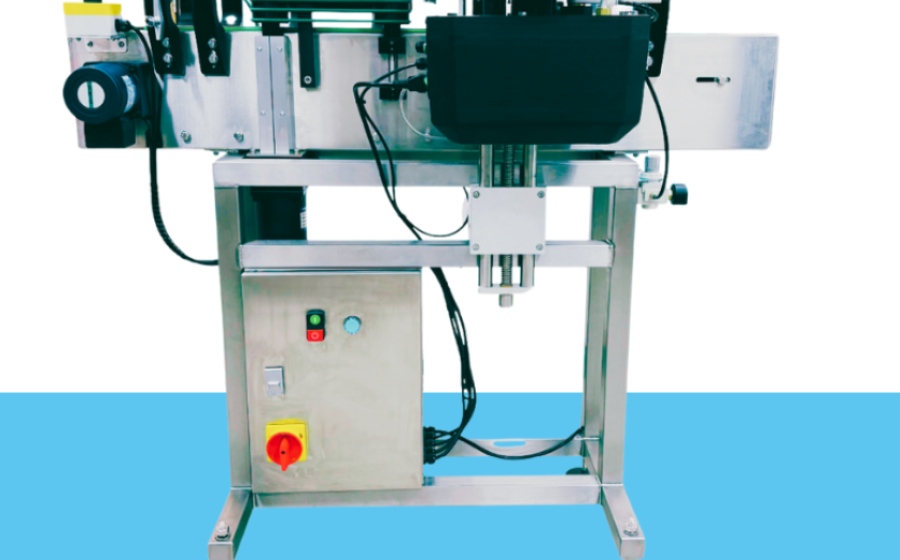
In a bold stride toward redefining sustainable labelling in the packaging world, Ravenwood Packaging has unveiled its latest innovation: the Nobac 40B, a revolutionary linerless bottle labelling machine that extends their acclaimed Nobac 40 range into fresh, cylindrical territory.
Purpose-built for bottles, the Nobac 40B is not just a new machine it’s a gateway to greener, smarter labelling. Designed as an airless, entry-level linerless applicator, this system brings Ravenwood’s celebrated linerless technology to industries such as beverages, personal care, and household products.
What makes it game-changing? The Nobac 40B applies labels up to 200mm long and 40mm wide at impressive speeds of up to 75 bottles per minute, all without the need for traditional liners. By removing the liner, Ravenwood slashes waste, cuts costs, and enhances efficiency.
Why This Matters:
- No Liner, No Waste: Traditional label liners often end up in landfills. Ravenwood’s linerless approach eliminates that problem entirely.
- Up to 40% More Labels per Roll: Longer-lasting rolls mean fewer changeovers and increased uptime.
- Sustainable from the Start: All materials used are FSC and PEFC certified, reinforcing Ravenwood’s commitment to responsible sourcing.
- Twice the Canvas: Linerless labels offer twice the space for branding, compliance info, or marketing campaigns.
- Smart Savings: With less waste, lower shipping weight, and reduced storage needs, the machine delivers real economic benefits.
Paul Beamish, Founder of Ravenwood Packaging, shares:
“This machine opens the door to linerless labelling for bottles totally new territory for us. It’s part of our wider vision: to provide real-world, sustainable innovation that aligns with both our clients’ goals and the needs of the planet.”
With the Nobac 40B, Ravenwood continues to redefine what’s possible in packaging delivering environmental innovation without compromise on performance.






